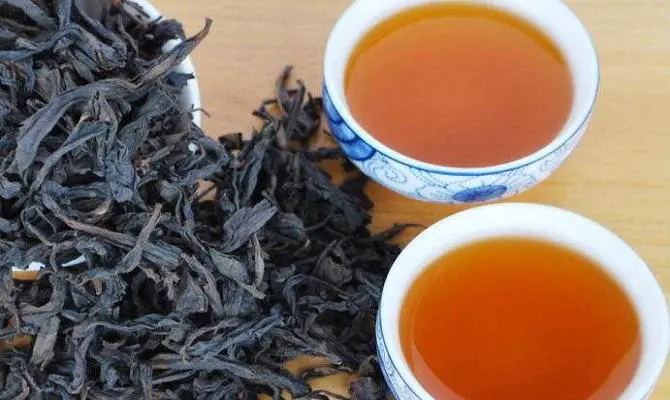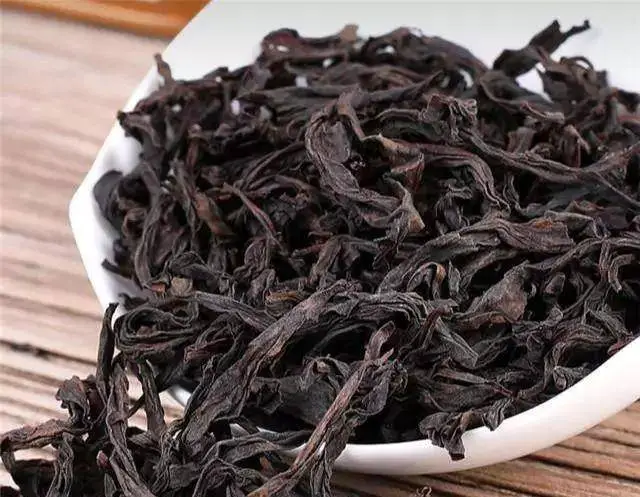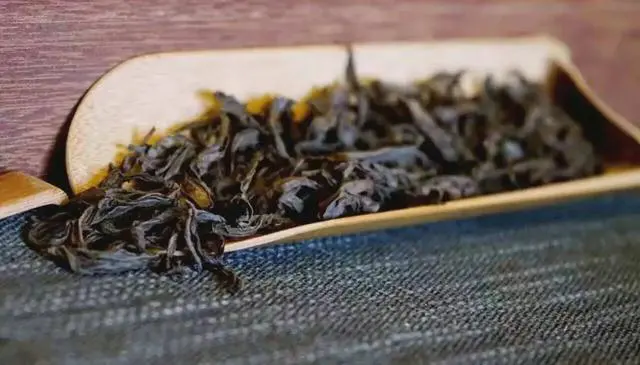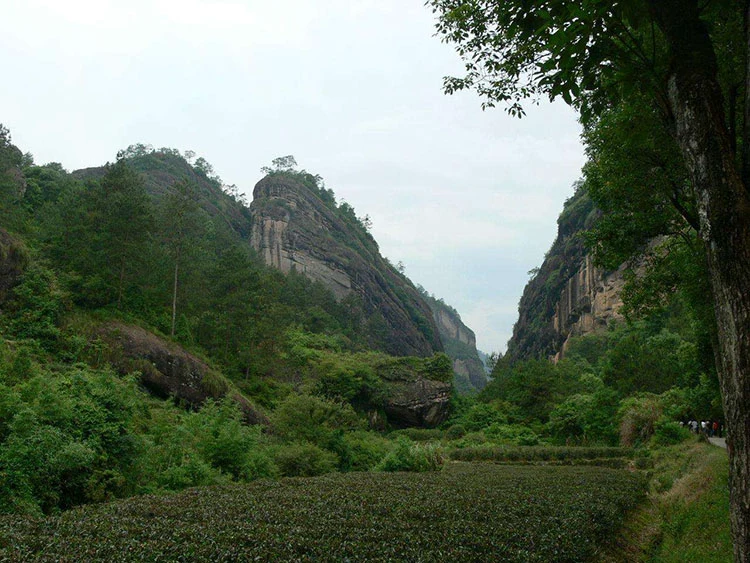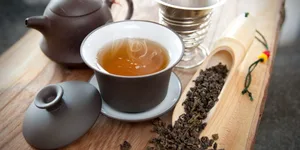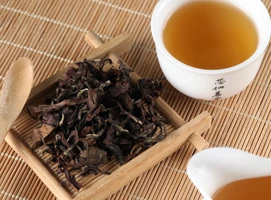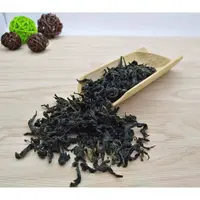Shui Xian (水仙), literally translating to "Water Narcissus," is a renowned Chinese oolong tea cultivar. While it is grown in several regions of China, it is most famously associated with the Wuyi Mountains in northern Fujian Province, where it is one of the "Famous Varieties" (Ming Cong) of Wuyi Rock Tea (Yan Cha).
The name "Shui Xian" refers to the tea plant cultivar itself, which is known for its large leaves and robust growth. The tea made from this cultivar is celebrated for its distinctive character, often described as having a deep, rich body, a complex aroma with notes of flowers, fruits, and minerals, and a lingering, sweet aftertaste known as "Hui Gan" (回甘). In the Wuyi context, it also exhibits the sought-after "Yan Yun" (岩韵), the unique flavor profile attributed to the specific terroir of the Wuyi Mountains.
Shui Xian is also cultivated in other areas of Fujian, such as Zhangping, where it produces a different style of oolong tea known as Zhangping Shui Xian, famous for its pressed, square tea cakes. However, this page focuses on the Wuyi Rock Tea variety.
